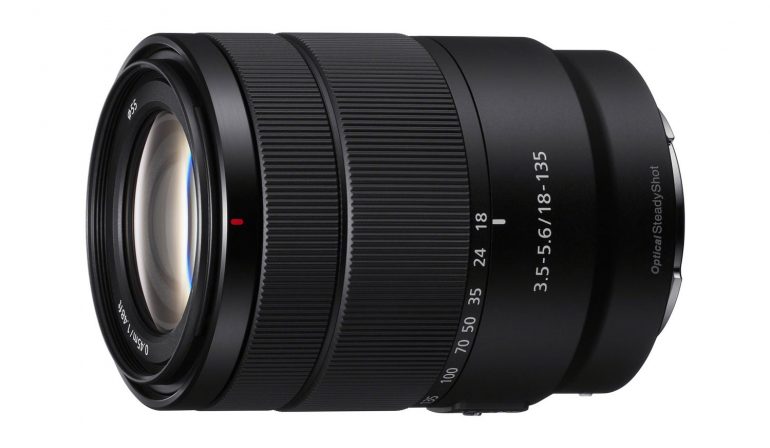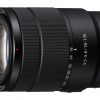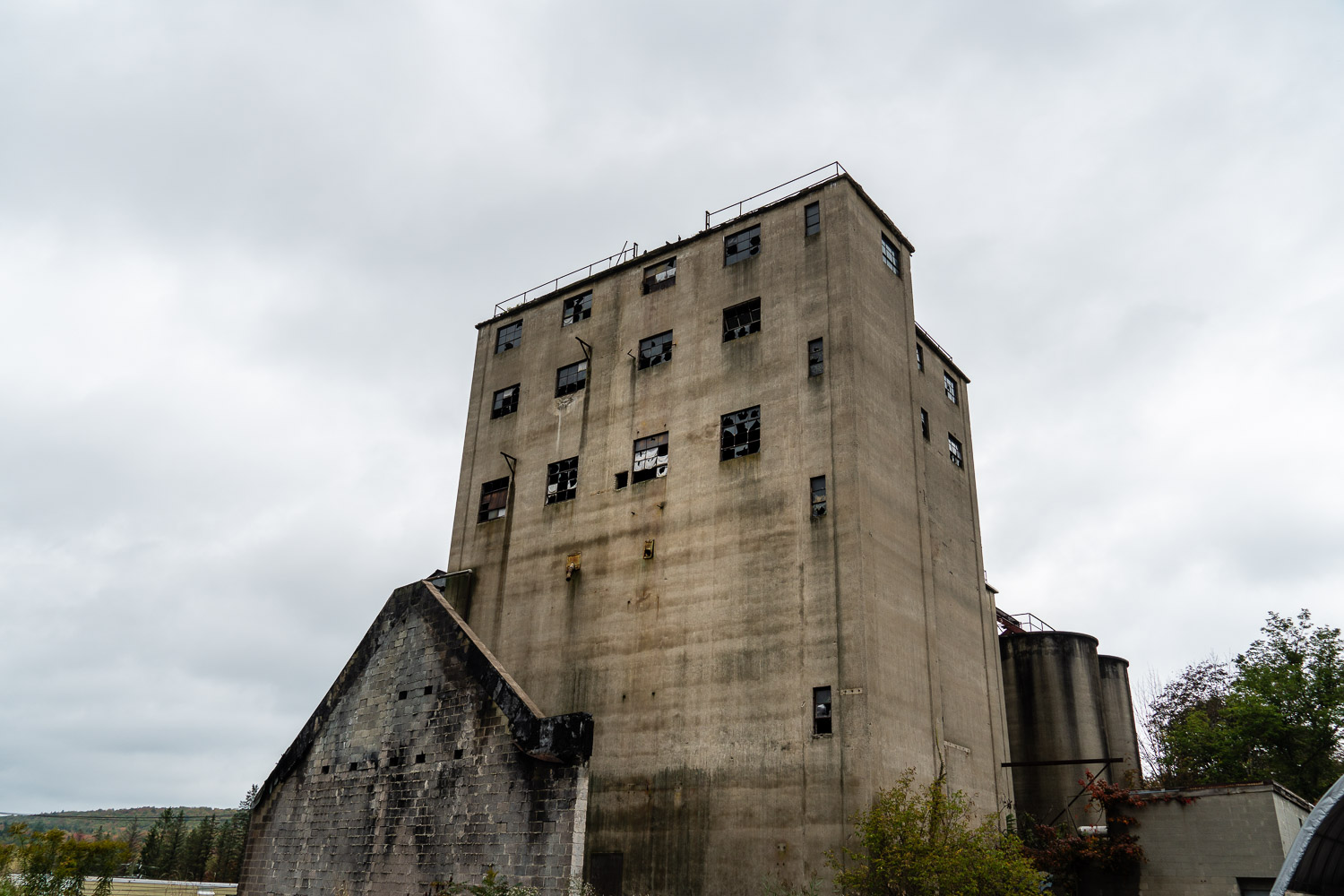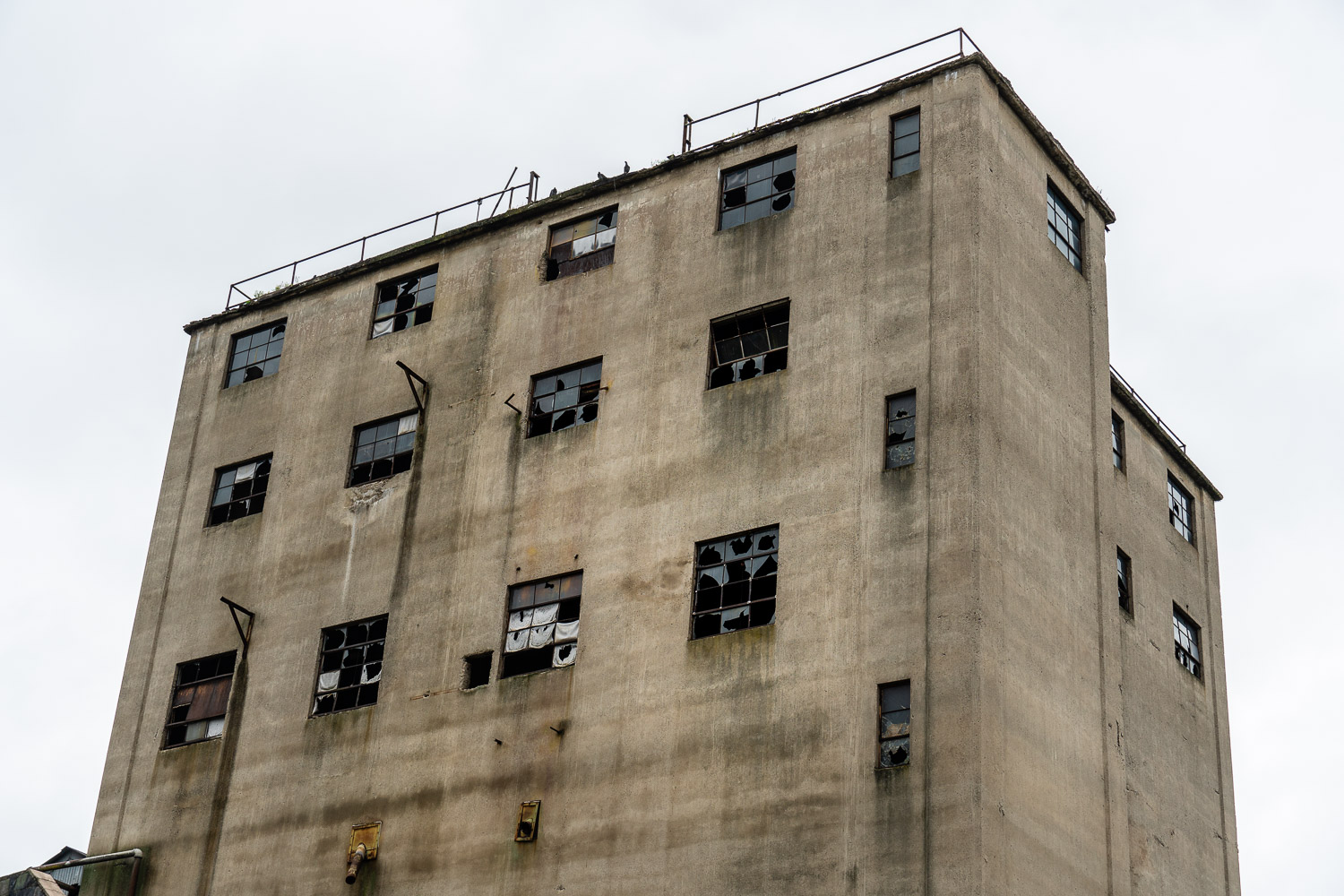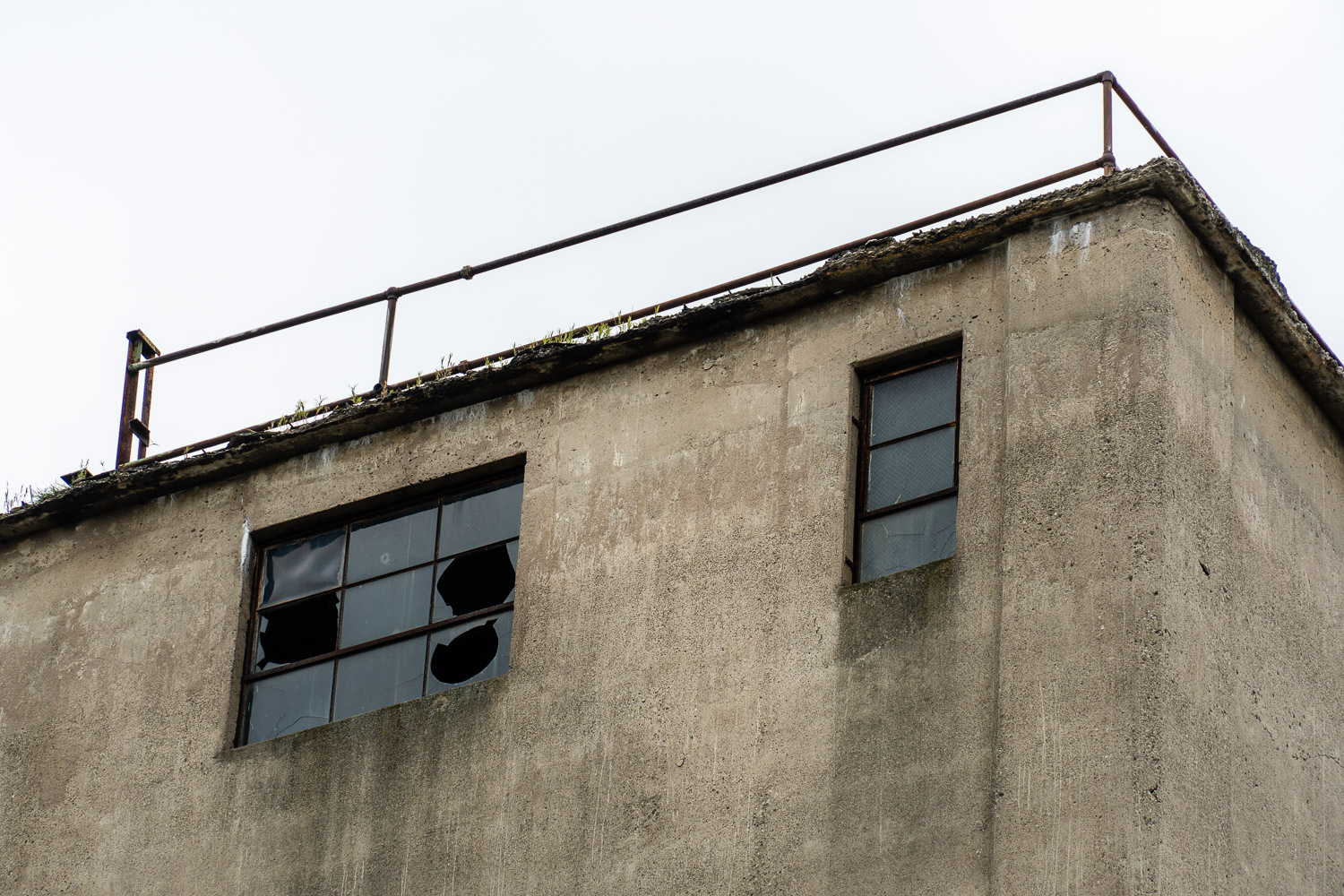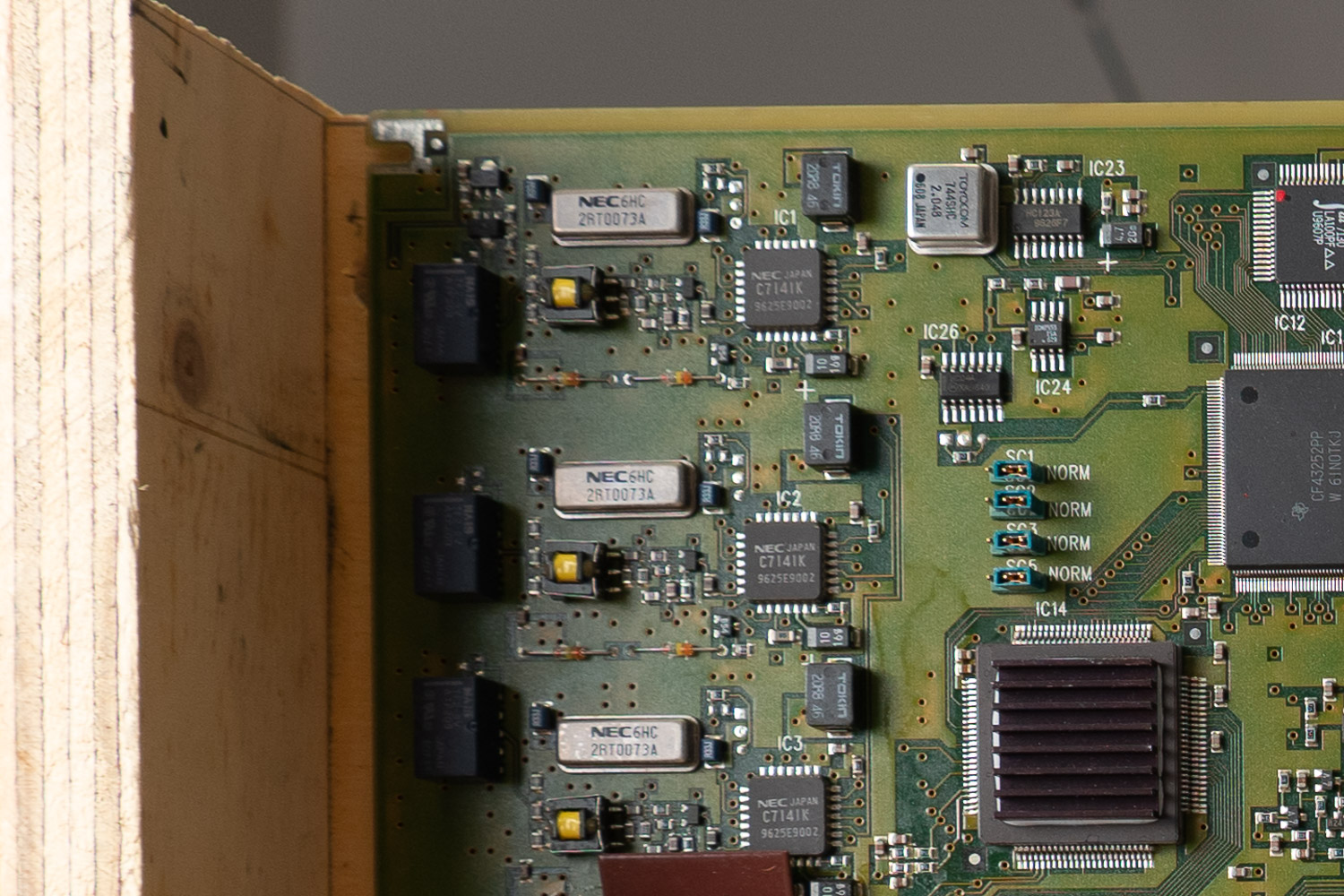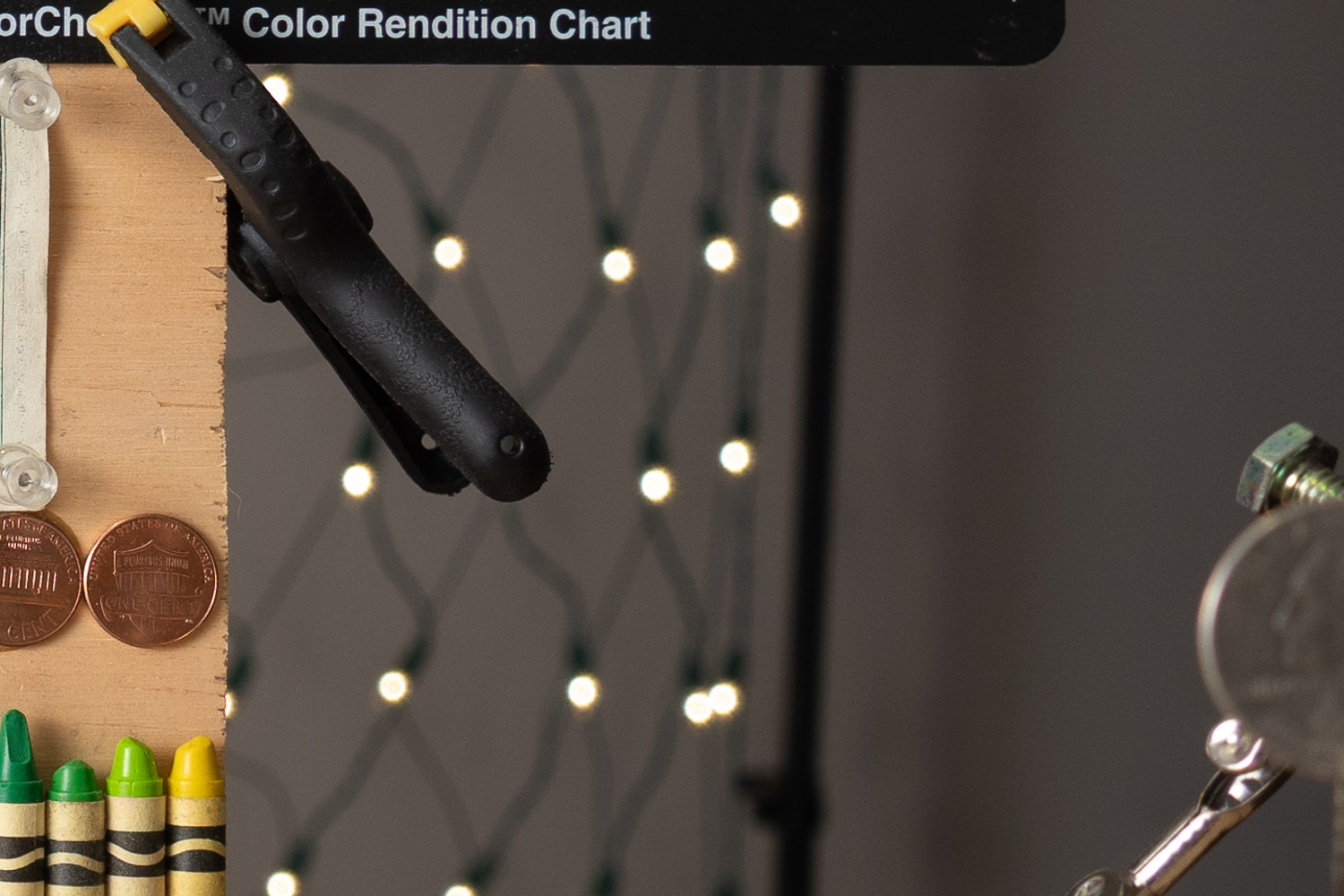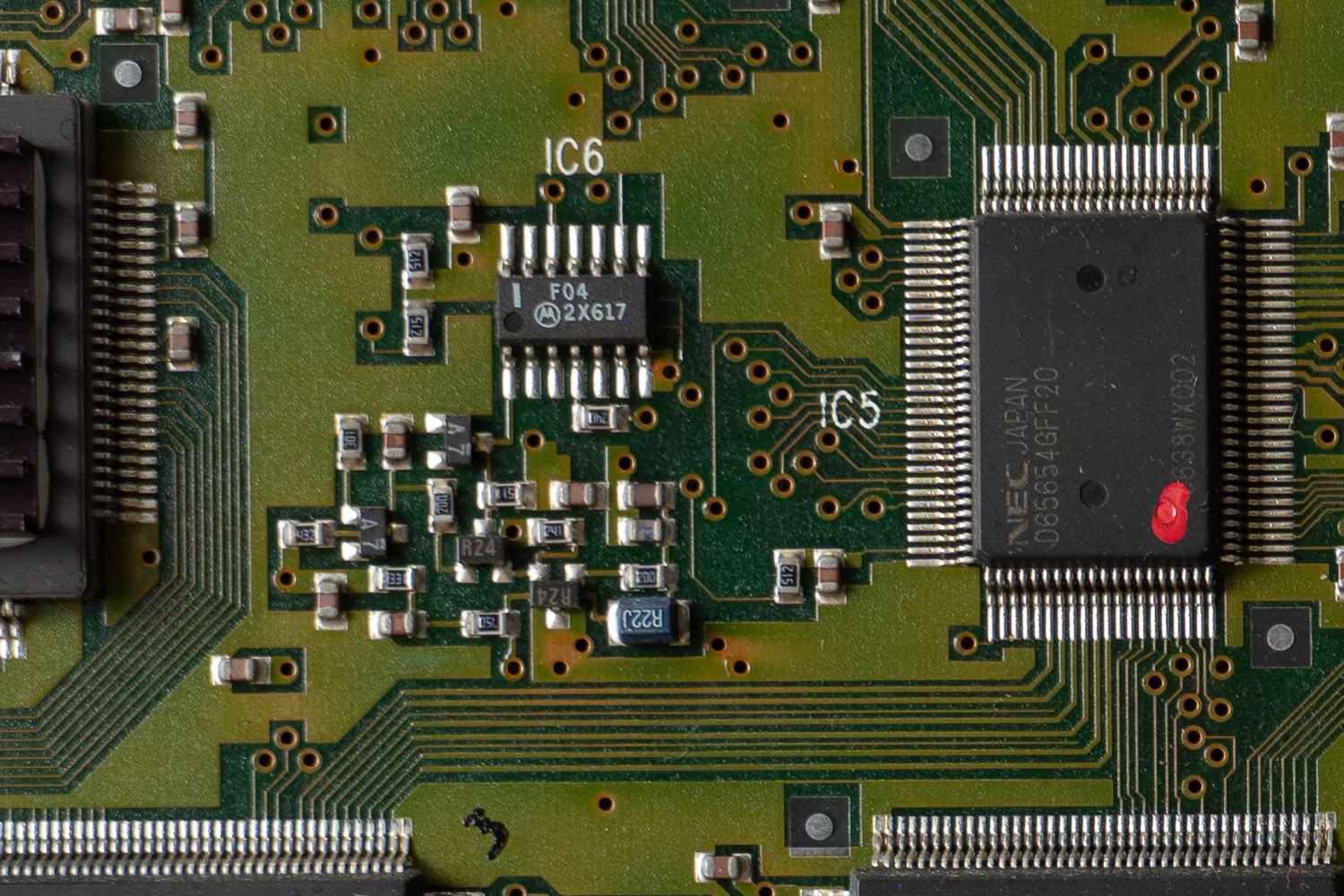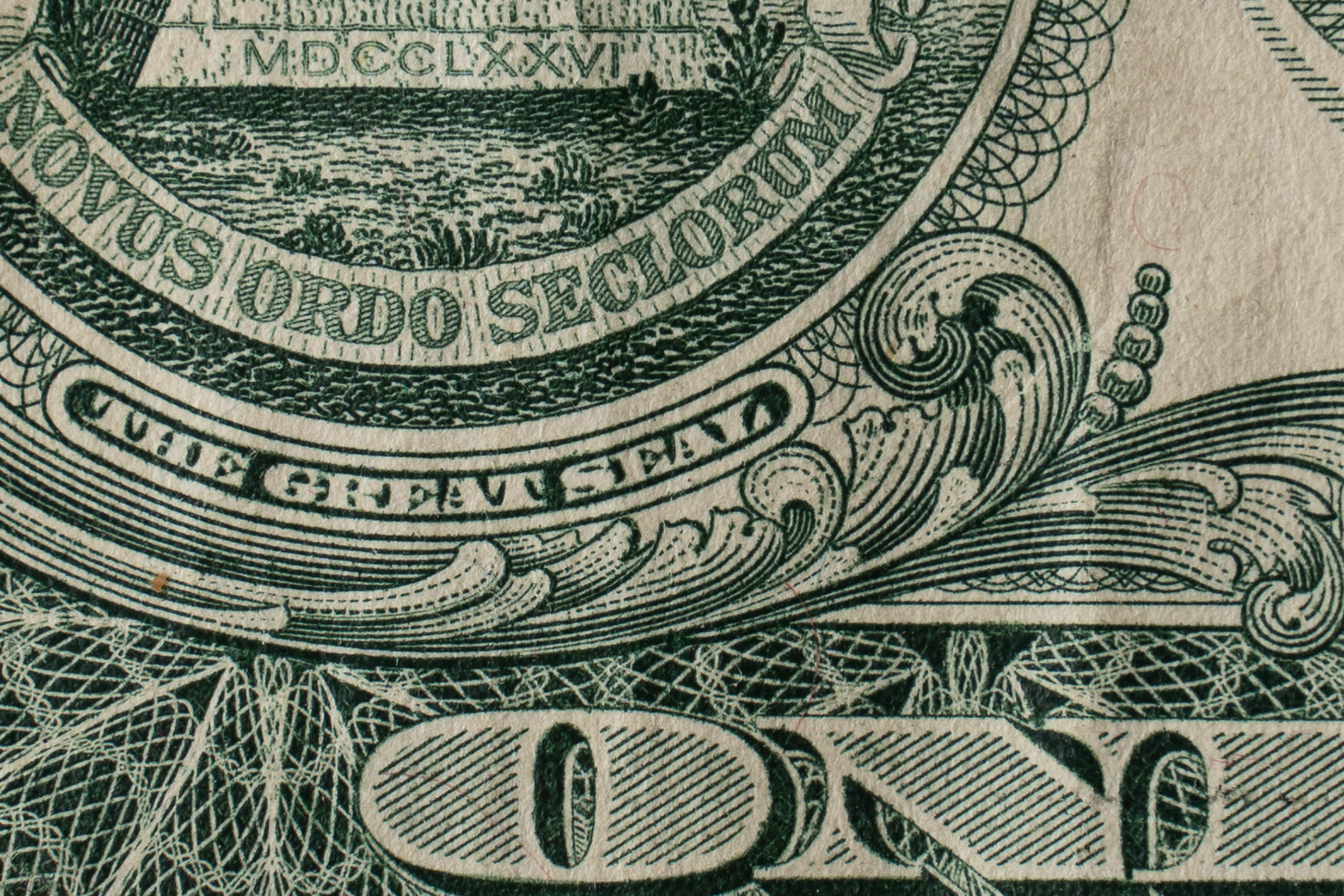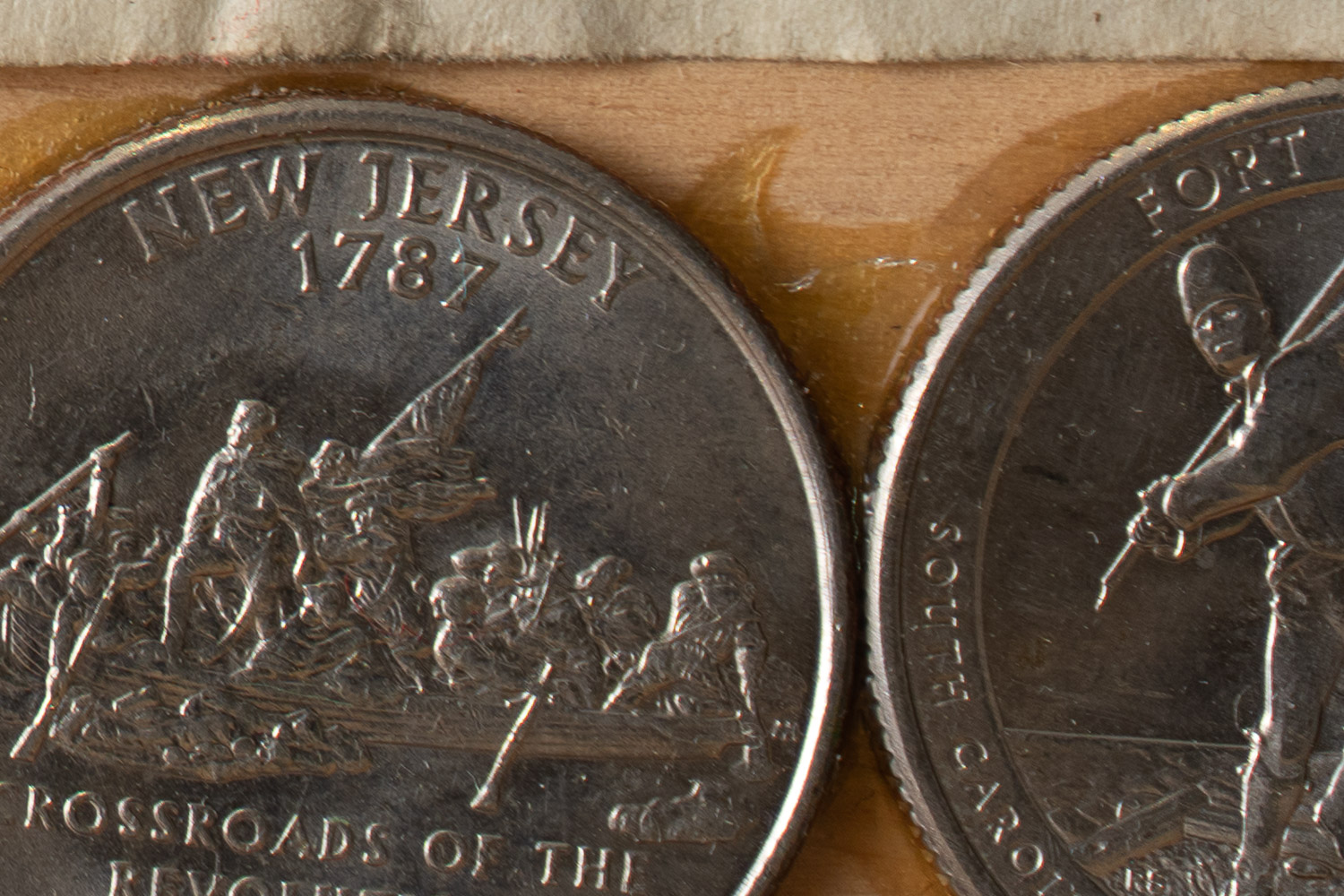In this Sony E 18-135mm OSS Lens Review I will go over everything you need to know using real world photography and some 4k sample video! Please ask questions and comment below as always if you have them!
The Sony E 18-135mm f/3.5-5.6 OSS Lens goes for $598 US and is a very price point in my opinion considering the overall optical quality and range provided.
For this lens review I also utilized the Hoya 55mm VARIABLE ND Filter which goes for ~$75 US. The Hoya variable ND Filter allowed me to dial in the exposure value so I could get some very nice long exposure images in brighter lighting conditions as you will see below in the sample photos. I highly recommend the filter! The exposure versatility it provides due to the variability, and overall quality is excellent in my opinion. Basically it allows you to get a much slower shutter speed, which is what ultimately creates
For the camera body in this lens review, I used Sony A6500 which I recently reviewed Here >>, and the new Sony A6400. I’m still working on that review at the time of this review, but when published you can find My Sony A6400 Review Here >>
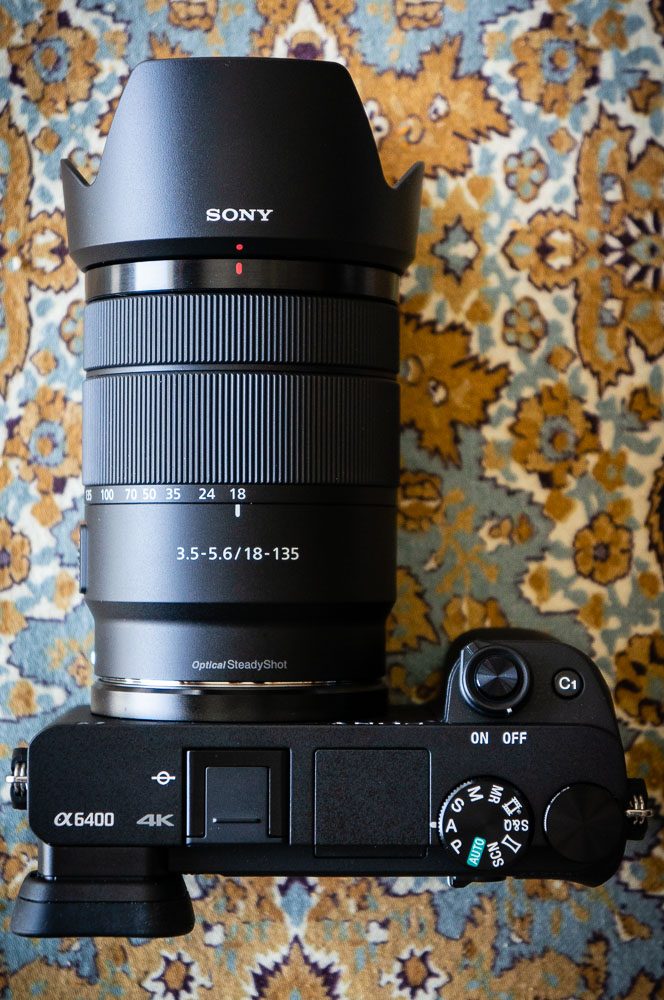
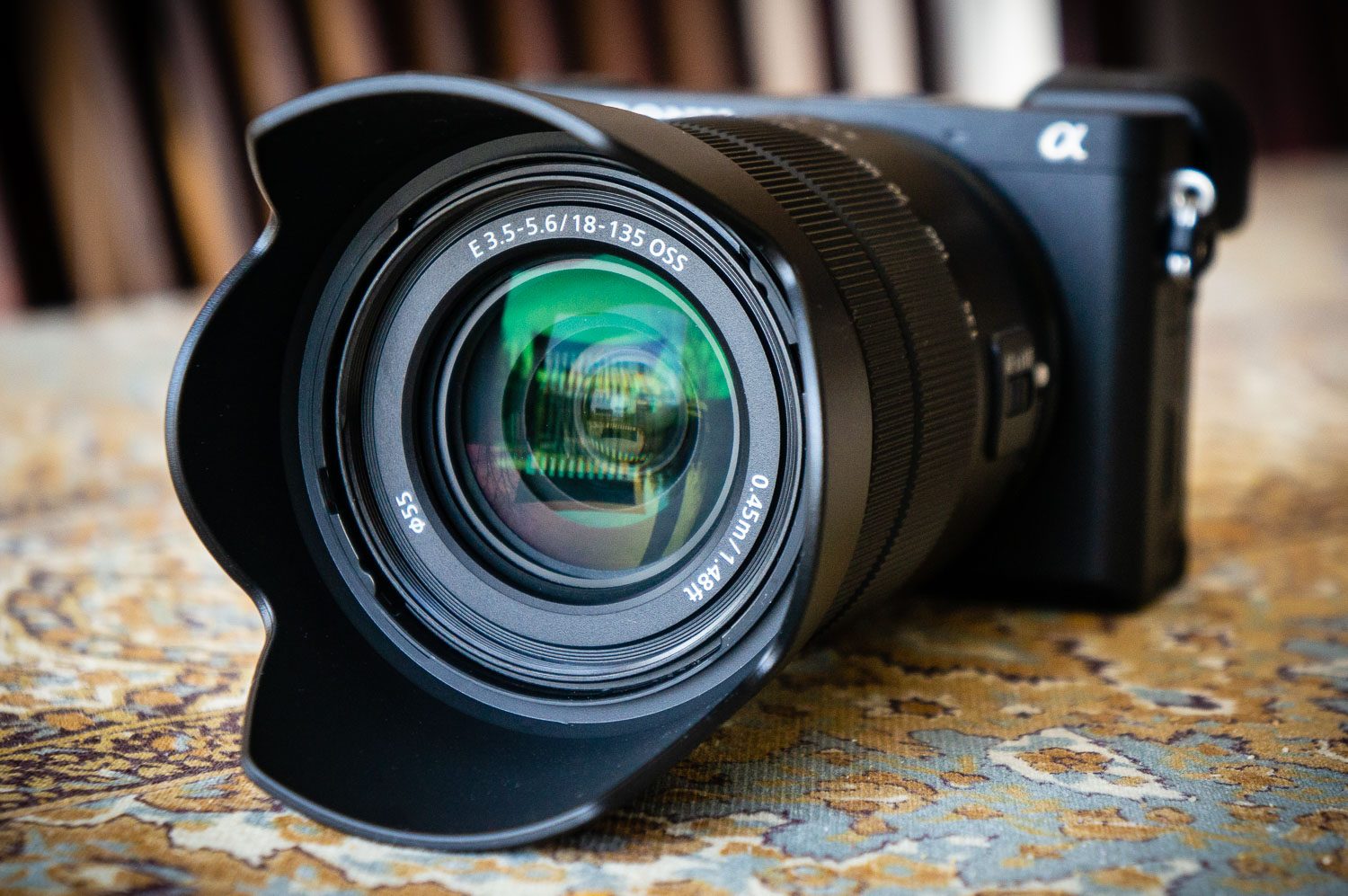
Sony A6400 w/ 18-135mm F/3.5-5.6 OSS Lens
For all the currently available e-mount lenses be sure to checkout My Sony E-Mount Lens Guides >>
Sony E 18-135mm f/3.5-5.6 OSS Lens

Key Features:
- E-Mount Lens/APS-C Format
- Aperture Range: f/3.5 to f/36
- 27-202.5mm (35mm Equivalent)
- Maximum Aperture Range: f/3.5-5.6
- Two ED Elements & One Aspherical Element
- Optical SteadyShot Image Stabilization
- Linear AF Motor
- Seven-Blade Circular Diaphragm
- Minimum Focus Distance = 1.48′ / 45 cm
- Filter Thread = 55mm
- Weight = 11.5 oz / 326 g
- Price = $598 @ BHPhoto
My Sony E 18-135mm OSS Lens Review – Video Version
In this video version of my Sony E 18-135mm OSS Lens Review I will go over thing you need to know using the Sony A6500 as the camera body. Lots of sample video, sample photos, and hands on in the field user experience footage! Also, be sure to check out the sample photos below, because I have since gotten this lens again to use while review the Sony A6400. Conclusions are also below and a more detailed analysis of the lab testing as well.
Sample Photos using the A6500
All these Sony E 18-135mm f/3.5-5.6 OSS Lens sample photos were taken with the Sony A6500. Also, for the silky water shots I was using the Hoya 55mm Variable ND Filter on the front of the lens which really helped slow the shutter speed way down. That slower shutter speed combined with the flowing water makes for some really cool motion effects. Also, be sure click on the images for a larger view and exif information if you are interested.
Here is a Real World Range Test
I took these quick range test photos standing from the same spot. As you can see the 18-135mm focal range is very impressive and why I recommend this lens in particular to those wanting a large range, while also maintaining a small form factor and light weight. In addition the optics are very good all around.
Sample Photos using the Sony A6400
I took a lot of sample photos using the Sony A6400 and Sony E 18-135mm f/3.5-5.6 OSS Lens in various conditions and scenarios, so I hope you enjoy the variety. Also, be sure to click on the photos for a larger version and exif information such as focal length and aperture..
First here are a few snapshots from the moodna viaduct that
Here are a few more random photo range tests of the same scene for your visual reference. As you can see the 18-135mm zoom range is awesome!
Here are a few more random snapshots at various focal lengths.
Here are few slightly edited images that show off what can be done with some tweaking in Lightroom.
Here is a fully edited HDR sample photo, and as you can see the wide angle 18mm view can really help create and image with some 3d pop!

The kids and I went to Steamtown in Pennsylvania a few weeks back and I took a few photos using the Sony A6400 and Sony E 18-135mm f/3.5-5.6 OSS Lens. This place is a must visit if you live nearby and have even the slightest interest in trains. My kids learned a lot!
Lab Testing
In these lab test images you will see up close just how sharp the Sony E 18-135mm f/3.5-5.6 OSS Lens is at various focal lengths. In addition you will also see how much distortion the lens has at 18mm when shooting in raw quality. This is the biggest negative of the lens in my opinion, but as you will see, it’s easily correctable in a program like Lightroom. You can also shoot in jpeg mode if you don’t want to post process your images, and the camera will correct for the distortion as well.
Distortion Test
First the here is what 18mm looks like in the lab when shooting raw quality. As you can see it’s pretty bad distortion wise and also note the dark black vignette on the corners.
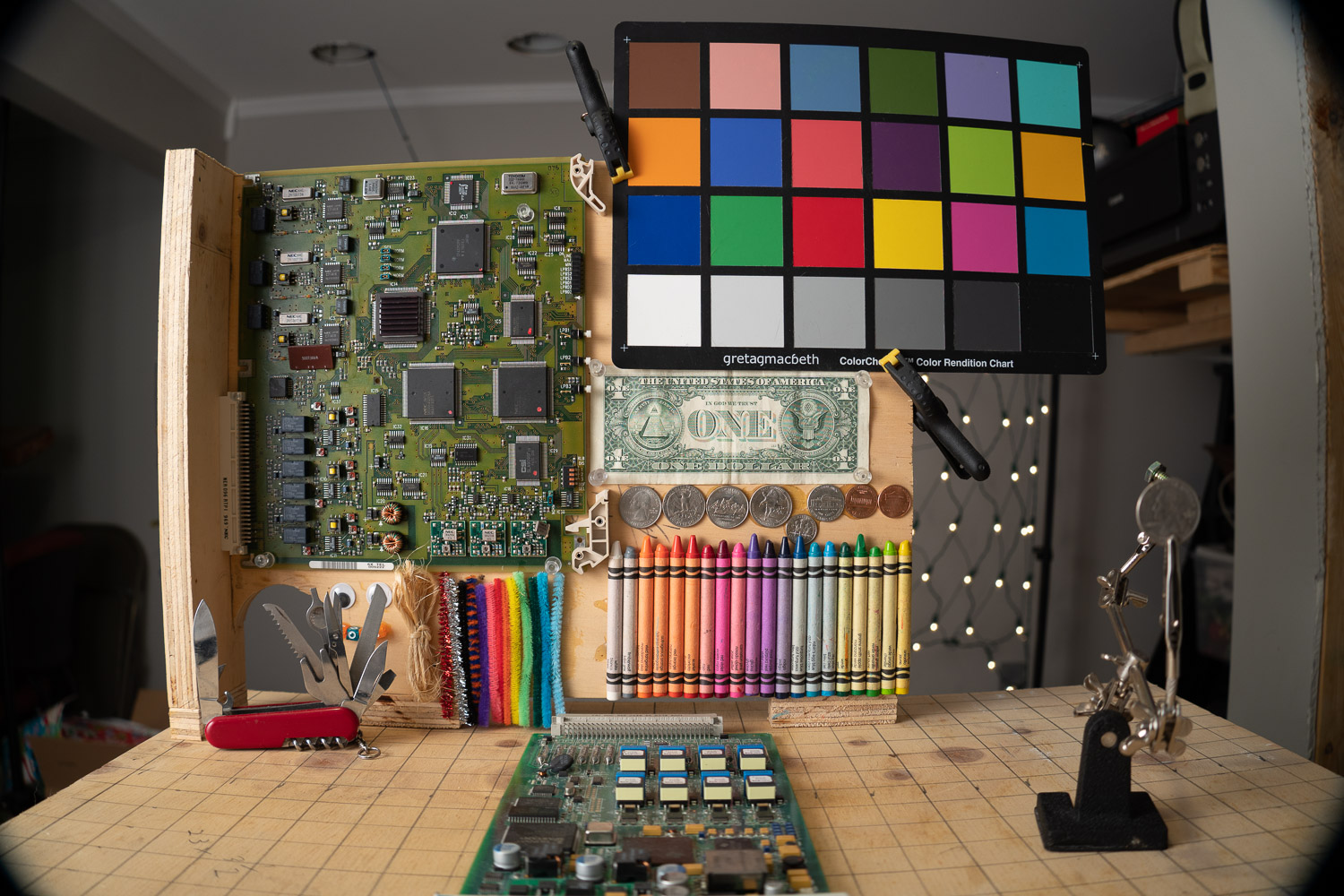
Here is the same image, with the Lightroom lens profile correction enabled, which basically fixes the image just like the camera does when shooting in jpeg mode.
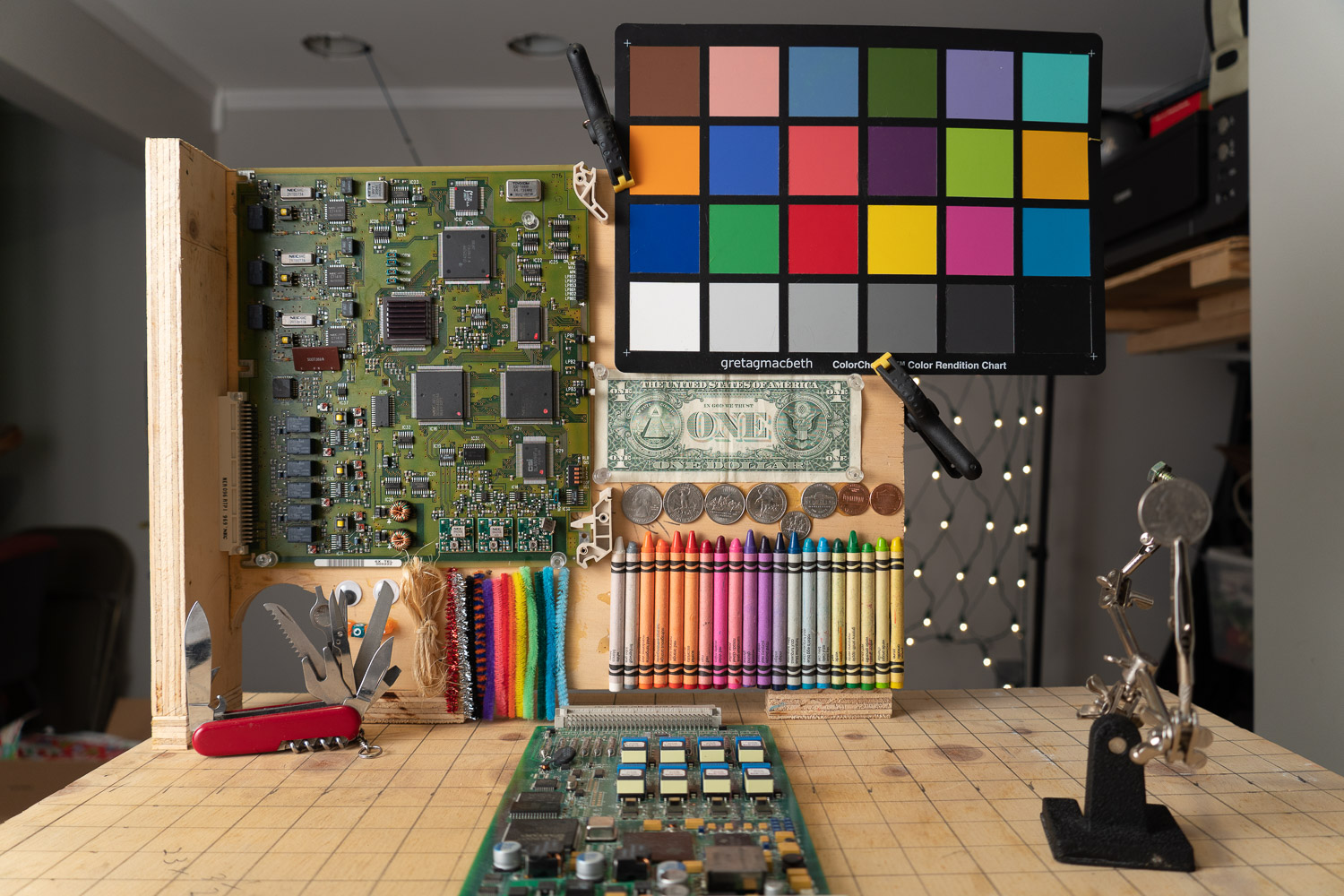
As you can clearly see, the lens correction works wonders on an otherwise pretty bad image distortion wise.
Food for thought…
What I would like to add to this clear distortion issue at 18mm is you never get something for nothing. In this case you are getting a very compact 18-135mm zoom lens that covers a fairly large APS-C sized sensor which offers very sharp punchy contrast images at a reasonable $598 US price point. With that, Sony had to cut some corners and could not make the lens have no distortion on the wider 18mm end. If they did, the lens would be significantly larger, heavier, and more expensive. I also wanted to point out the Sony E 18-105mm f/4 G OSS Lens (Review Here), also suffers from this type of distortion at 18mm and I pointed it out in that review as well. So this is not unique to some Sony zoom lenses. It just is what it is. For reference the Sony E 16-70mm f/4 OSS Zeiss Lens (Review Here), does not suffer from this extreme distortion, but has significantly less range and is notable more expensive. So like I was saying, you never get something for nothing… I recommend just using the lens profile correction if shooting raw, and calling it a day. The correction works really well, so in the real world it’s not that big of a deal.
If you demand the best optical quality and a faster aperture on the wide angle end, I would consider a prime lens like the Sigma E 16mm f/1.4 Lens (Review Here), or the Zeiss Touit 12mm f/2.8 Lens (Review Here), for a few examples… Zoom lens wise, I would again recommend the Sony E 16-70mm f/4 OSS Zeiss Lens (Review Here)
Sharpness Testing
Here are three sharpness test photos taken wide open at their respective focal range. Note how the aperture changes as it increases due to the variable f/3.5-5.6 aperture. Also, not just how sharp these raw files are, the punchy crisp contrast, and lack of any chromatic aberrations or fringing. This lens really has excellent optical quality overall, other than the clear distortion @ 18mm we covered above in detail. I did apply the lens profile correction to all these raw files in Lightroom, just so you are aware. All the other adjustments were left flat however, so sharpness, color, and contrast are not adjusted in any way.
18mm, f/3.5

50mm, f/5

135mm, f/5.6

Minimum Focus Distance @ 135mm and Bokeh Test
For this quick test I just wanted to illustrate how close you can get to a subject for maginication purposes, and also what the background out of focus lights look like wide open at f/5.6, vs stopping down to f/8 and f/11. Worth noting is again, just how sharp this lens is, and also, how the bokeh balls render when stopped down. Notice how they polygon a bit due to the 7-blade aperture mechanism. More expensive lenses will generally have more aperture blades which will intern render the bokeh balls rounder when stopped down from a wide open aperture. Wide open, the bokeh balls look pretty darn good in this lab test I would say, and this out of focus area rendering carries thru in the real world when you look at the background out of focus areas in the sample photos.
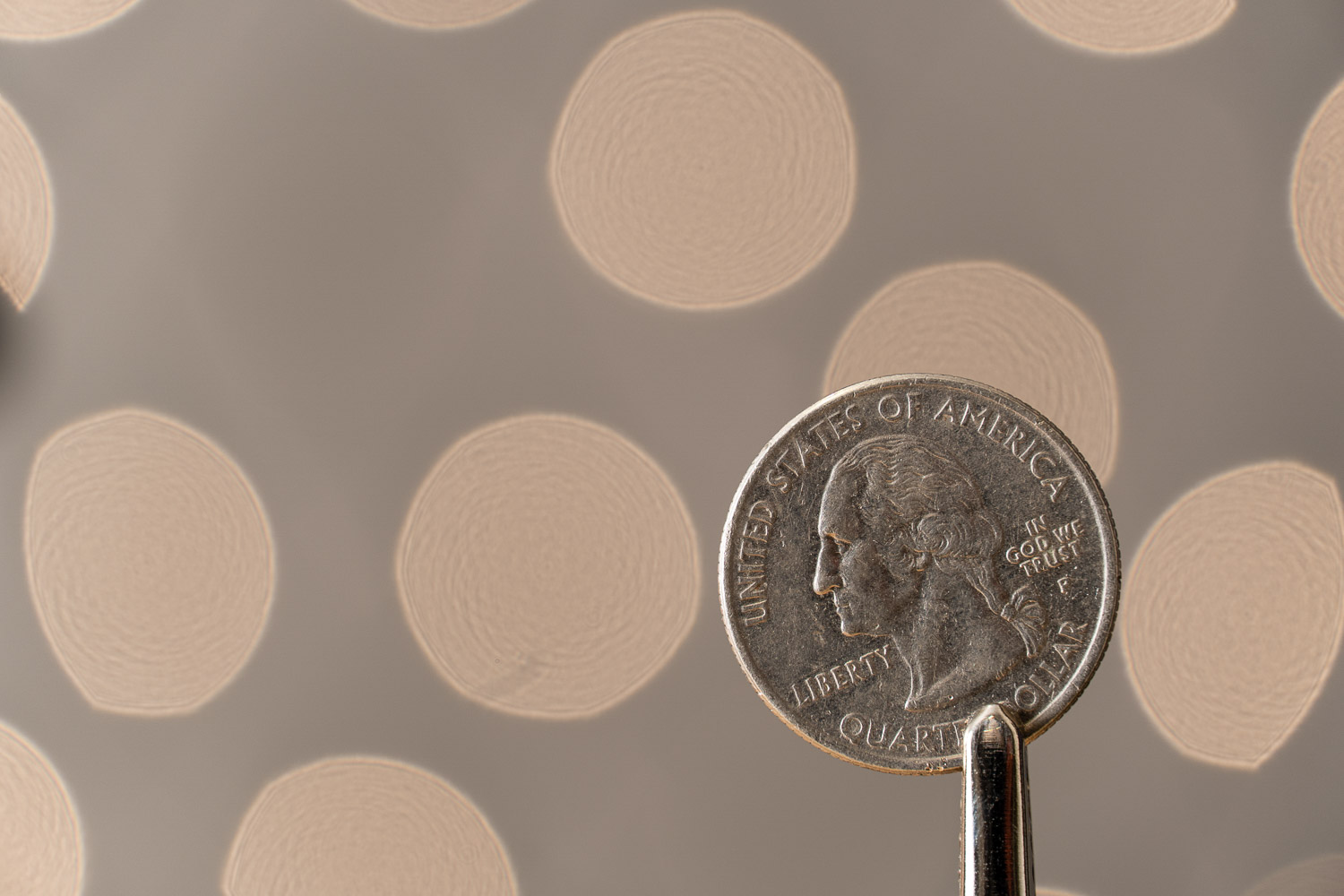
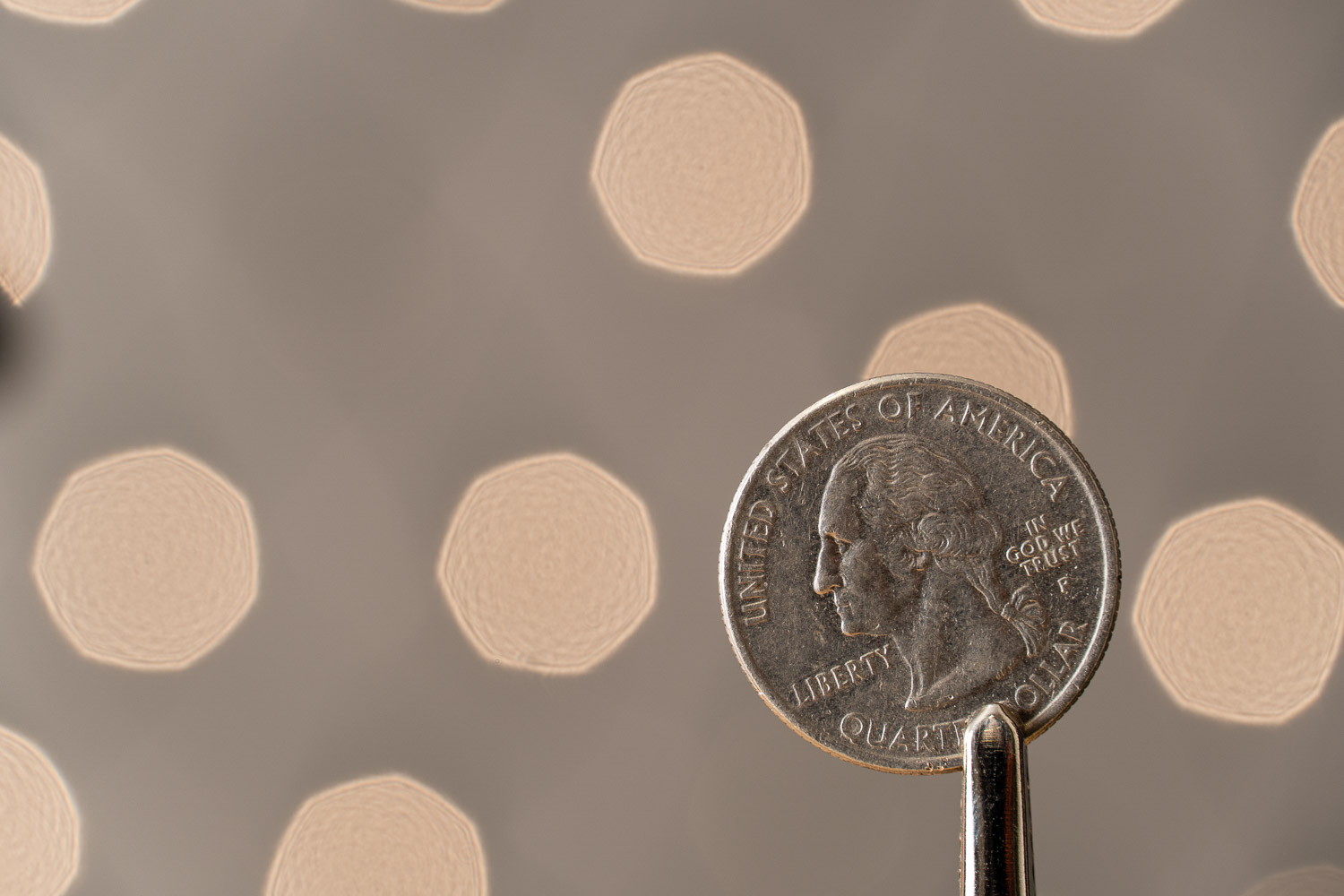
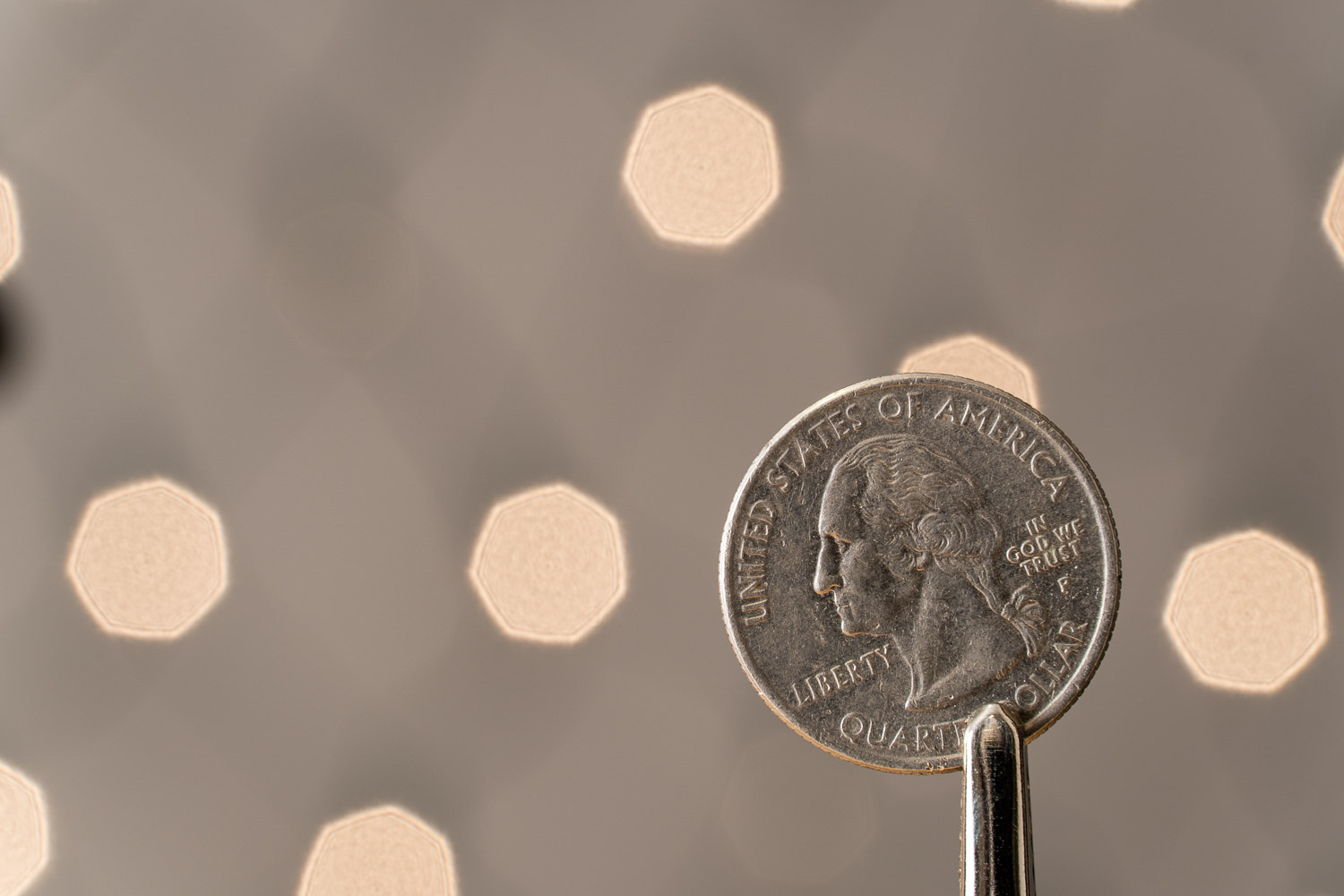
Lens Accessories
- 55mm UV Protective Filters
- 55mm ND Filters
- 55mm Polarizing Filters
- Front Lens Cap (ALC-F55S)
- Rear Lens Cap (ALC-R1EM)
- Lens Hood (ALC-SH153)
- Lens Cleaning Kits
- Lens Cases
Conclusions
So at the end of the day the Sony E 18-135mm f/3.5-5.6 OSS Lens proves to be an excellent option for those needing a large focal range with really good image quality across the board. Sharpness is very good at all focal ranges and the color and contrast are punchy and crisp.
The distortion is an issue on the wider end especially at 18mm when shooting in raw quality, but in the real world it’s easily correctable in post, or the camera will fix it when shooting in jpeg mode, so it’s not a deal breaker for me.
The cost to value ratio on this lens is very high in my opinion and I highly highly recommend it. It’s a really good option as a kit lens to start with if you are getting the Sony A6400 for example and don’t know what lens to get with the camera. Once you establish your preferred focal lengths, you can then move on to higher quality prime lens options if you are looking for the best quality possible. If you are looking for something more compact, then you should consider starting with the Sony E 16-50mm kit lens instead.
That is about it for this review, and I really hope you got what you were looking for. If you have any questions, please be sure to ask them below, and if you already have this lens, please let me know what you think of it below in the comments area.

